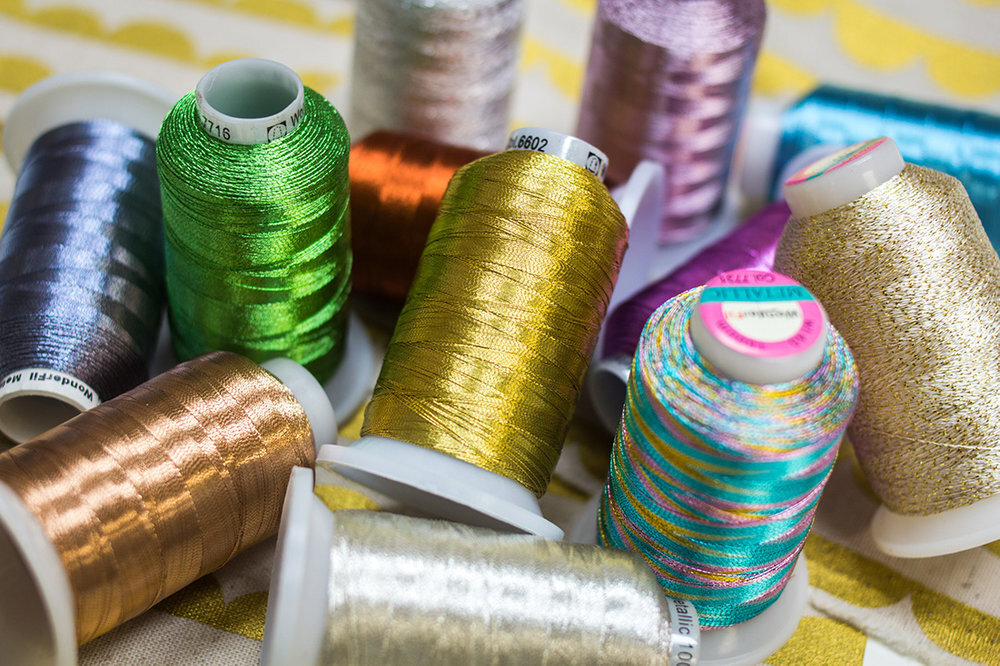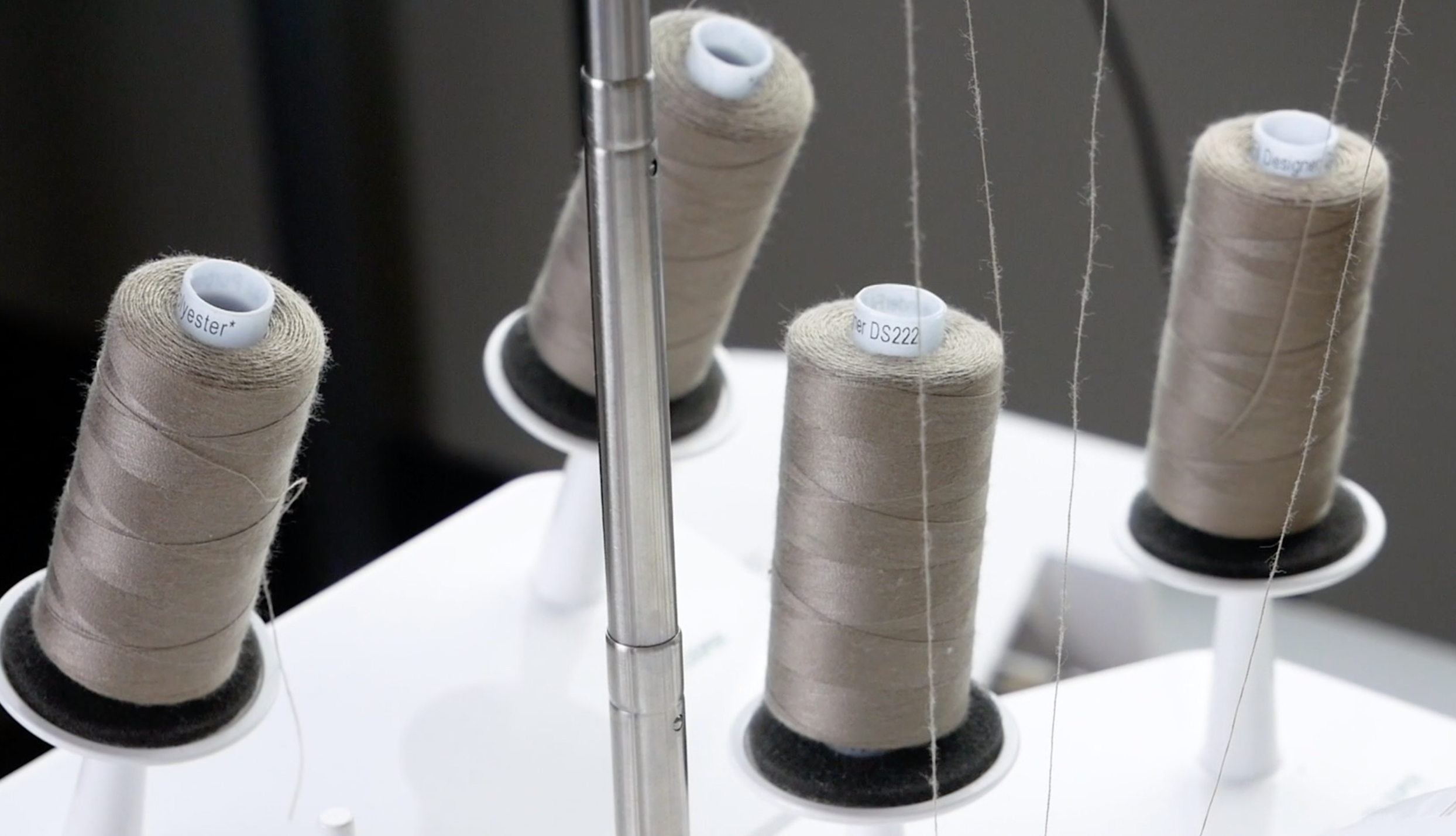Introducing FabuLux 40wt Trilobal Polyester Thread
Maura Kang
When you want to add something a little extra special to your quilting, FabuLux knows how to bring that shine and color you’ve been looking for. This dazzling 40wt thread is made from trilobal polyester. Most threads are round in shape, but a trilobal polyester thread is actually triangular in shape. This allows the thread to reflect more light off its surface, giving your stitching a soft shine and lustre. It’s one of the many things that makes FabuLux unique.
Not only will this thread stand out more as a result, but it also comes in 5 solid neon colors. Don’t be intimidated, neon actually looks stunning when it’s sewn out, and it’s perfect for making your quilting stand out whether you choose to use it on contrasting fabric, or pair it with like colors for a more subtle look.
FabuLux’s remaining 35 of the total 40 colors are all variegated, with some more subtle tone-on-tone options, and a few others that really want to scream for your attention. Variegated threads are perfect for matching all the colors in your quilt blocks, so you can easily quilt edge to edge without worrying about needing to frequently change your thread colors.
This gorgeous thread is perfect for sewing on longarms, midarms, and regular home sewing machines, and comes in two sizes at 766yds and 3000yd cones. But it isn’t just a favorite for quilting. You can use FabuLux for outlining designs, decorative sewing, and even in the embroidery machine.
One of our favorite things about this thread is that it’s basically lintless. FabuLux has a beautifully clean finish that won’t add a lot of lint build up in your machines. Afterall, there’s no point in spending thousands of dollars on a well-tuned sewing machine, only to gunk it up with lint. And because FabuLux is also extremely strong while also being incredibly soft to the touch, your bed quilts will never have felt, or looked, better.
If you’re inspired to sew with FabuLux, head on over to shopwonderfil.com/shop-local for a list of stores and retailers you can purchase from. You can also sign up to receive weekly sewing tips, free patterns, and tutorials in our newsletter. Register by clicking here! You can unsubscribe at any time by clicking the unsubscribe button on the footer of every email you receive.







































































































